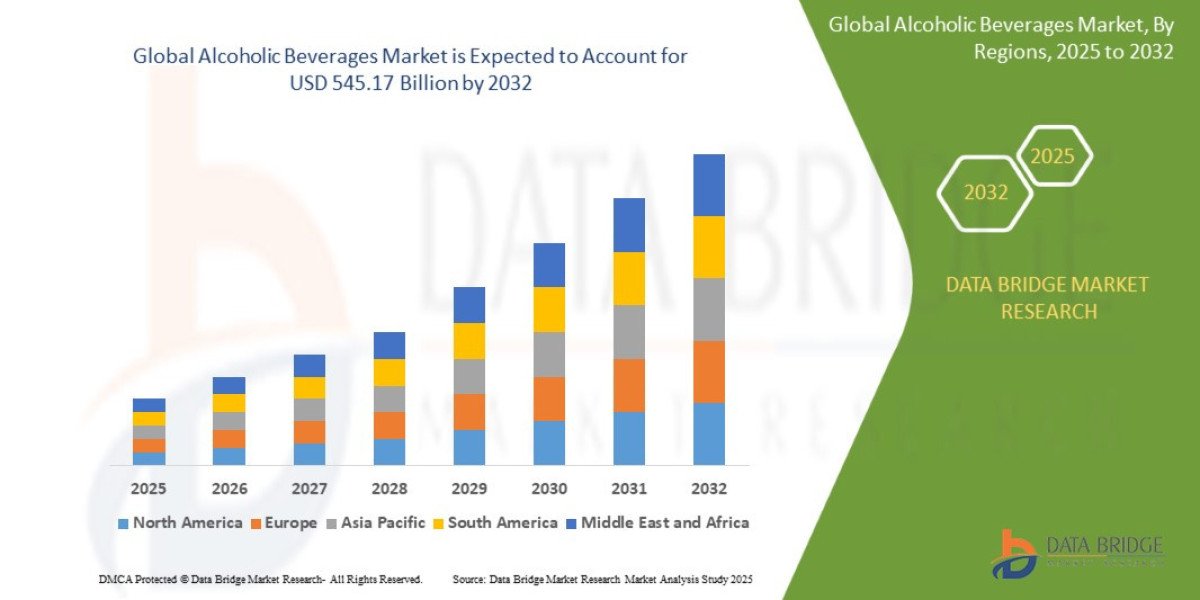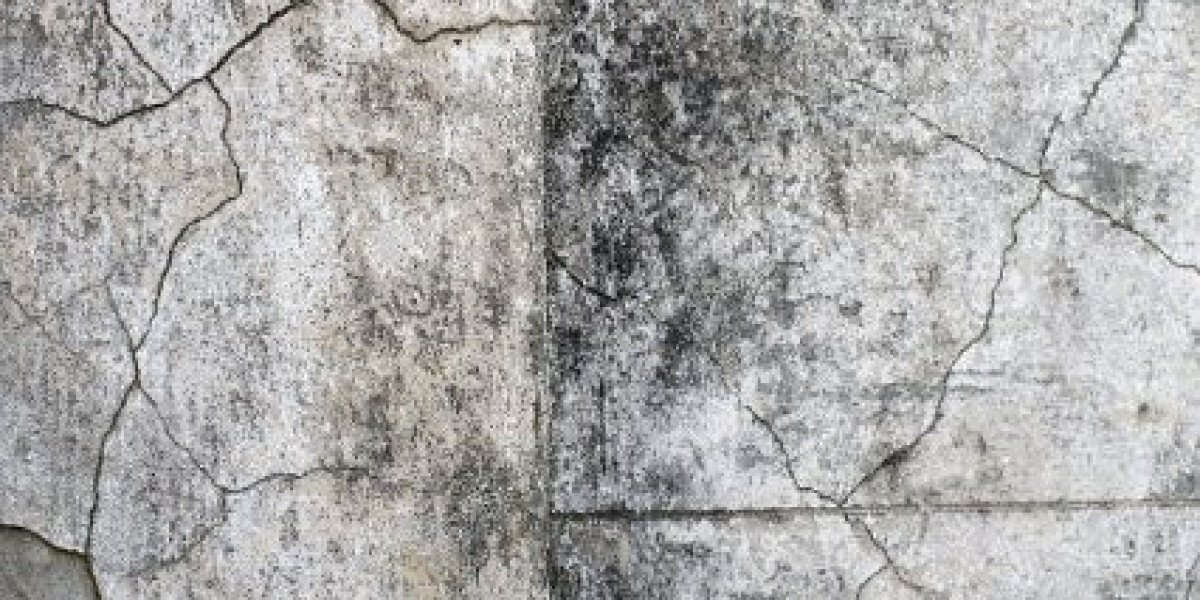Reliable joining in demanding seawater environments begins with material choice, and that is why Aluminum Welding Wire ER5183 is often specified for marine grade structures. Its magnesium rich formulation gives welds the combination of strength and corrosion resilience that fabricators and designers are asking for as attention shifts toward resilient coastal and offshore projects. For teams focused on durability and predictable performance, selecting a filler that matches service conditions reduces retrofit and upkeep work later.
ER5183 works well where structural integrity and resistance to corrosive atmospheres matter. When weld metal must resist salt water exposure and repeated wet dry cycles, the filler chemistry and controlled production of the wire affect long term behavior. Fabricators who work with this material find that consistent wire feed and careful joint preparation produce cleaner fusion and durable seams. Asking suppliers about how reels are packaged and inspected helps shops avoid headaches from contaminated or inconsistent spools.
On the workshop floor, technique and handling are as important as alloy choice. Cleaning mating surfaces thoroughly and maintaining stable shielding during welding reduces the chance that trapped gas or surface residues will compromise weld integrity. For thicker sections and joining dissimilar panels, controlling heat input and using steady travel practices improves fusion without compromising mechanical response. Practical training for weld crews reduces variation and supports repeatable outcomes across many assemblies.
Supply chain resilience has become a prominent discussion in industry circles and that affects material procurement decisions. When projects must ramp quickly because of renewed investment in marine infrastructure, having access to wire that is traceable and consistently produced shortens qualification time. Buyers value suppliers that publish production and testing practices and that offer responsive technical support to help dial in parameters on first runs. Those conversations about traceability and packaging matter as much as alloy selection.
Designers and fabricators building vessels, offshore platforms and coastal structures also care about how the weld behaves under long term loading and exposure. Weld metal that holds ductility and avoids brittle fracture risks under cyclic stresses helps extend service life and reduce inspection cycles. Collaboration between design teams and suppliers during material selection and early trials reduces surprises during installation and supports smoother commissioning. Practical trial welds and documented handling guidance allow teams to qualify materials without lengthy delays.
Beyond metallurgical attributes, service and documentation shape real project outcomes. Suppliers who include clear lot identification and who describe their incoming inspection routines make it easier for procurement and quality teams to match incoming reels with project records. Packaging that protects against humidity and clear guidance for on site handling protect weld quality from the moment the reel arrives. The combination of controlled production and accountable logistics produces fewer interruptions and better alignment between design intent and in field performance.
If your work calls for marine grade welding filler and you want welds that perform under corrosive exposure and mechanical stress, paying attention to alloy selection handling and supplier practices will pay off across the life of the structure. For product listings and manufacturer production notes on ER5183 options and related aluminum filler wires, visit the company product pages at www.kunliwelding.com .








